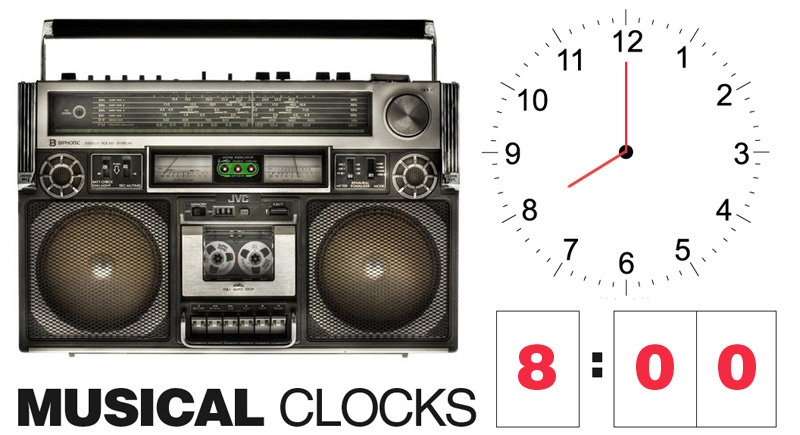Give each student a small box of raisins.
First, kids estimate the number of raisins in their box.
Then, they count up their raisins and write down the number.
They graph their answer on a line plot.
You can create a line plot with post-it notes or have kids use round stickers to plot their number. Check out Teaching to Inspire to see kids in action!
Once all the numbers are on the line plot, find the mean, median, mode, and range!
How many raisins are more likely to be in a mini box?!
Then, observe your raisins! Do some boxes have plumper raisins? Why do some boxes have less?
Compare Raisins
Divide students up into teams of 2. One member gets one brand, the other gets a different brand.
First, kids estimate the number of raisins in their box.
Then, they count up their raisins and write down the number.
How did the brands compare?
They graph their answer on a line plot (use 2 different colored stickers or post-its to keep track of each brand).




















